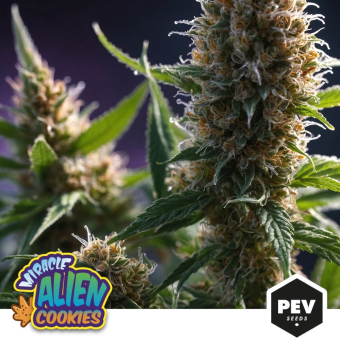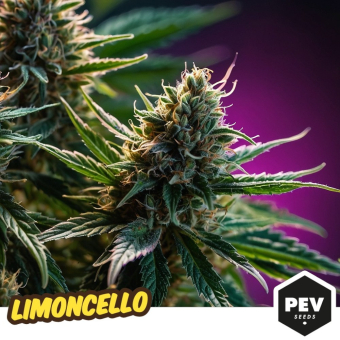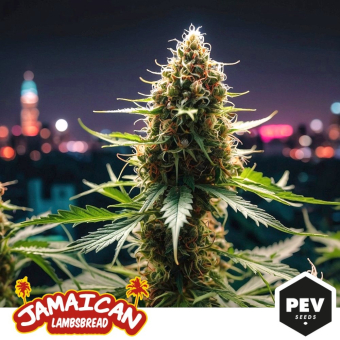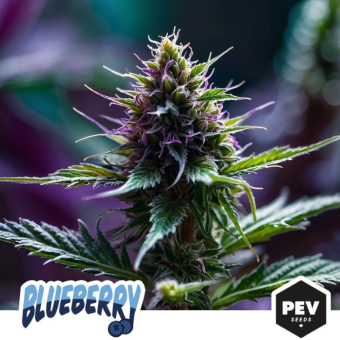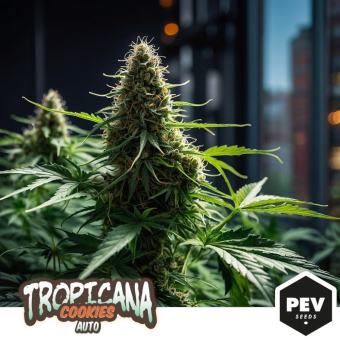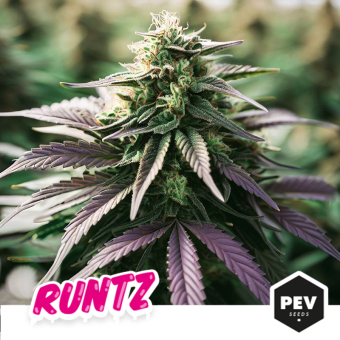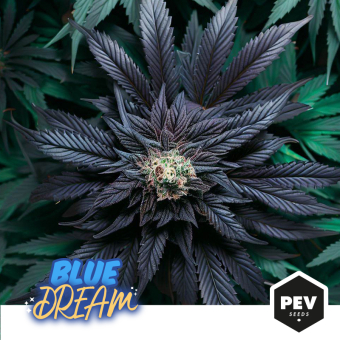- If you want to know what marijuana seeds look like, you’ve come to the right place to find out. Explore the morphological diversity, including shapes that range from oval to spherical, sizes from tiny to the size of chickpeas, colors from dark to light, and textures from smooth to veined.
- How to Germinate Marijuana Seeds
- Seeds Vs Clones: Everything You Need to Know
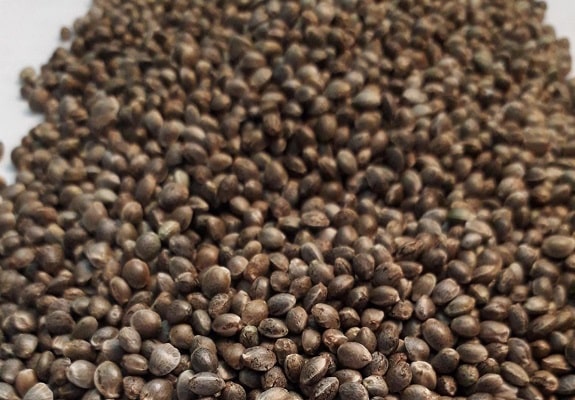

In constant struggle for the regulation of cannabis, mainly in the medicinal field.
01-04-2024 07:00:00 - Updated: 1 April, 2024
In the fascinating world of cannabis, each element has its own story and complexity, including the seeds, those tiny embryos that contain the potential to become mature plants. In this article, we will explore in depth the morphology of marijuana seeds, covering everything from their shape and size to their color and texture. Our goal is not only to provide you with a detailed understanding of these characteristics but also to help you distinguish between the different varieties that exist. So whether you’re an experienced grower or just a cannabis enthusiast, join us on this botanical journey where we’ll see what marijuana seeds look like.
✨ Shape: The Hidden Diversity in Simplicity
Marijuana seeds exhibit a surprising variety of shapes, ranging from very oval with pointed ends to almost spherical. This diversity is not merely aesthetic; it reflects the adaptability and evolution of the plant in different environments. For example, seeds with sharper ends can anchor better to the soil, favoring their germination in more adverse natural conditions when they sprout spontaneously or in the wild.
However, if you look closely, you’ll see that all cannabis seeds have one end that is sharper than the other, which is usually more rounded, and it is from the sharp end that they open at the time of germination and where the root comes out, so this is the part that should be placed downward when sowing.
🚀 Size: A Spectrum of Possibilities
The size of cannabis seeds is equally varied. While some pure Thai varieties produce tiny seeds, in the Chinese province of Yunnan, you can find seeds the size of chickpeas. This latter feature is no coincidence; historically, some seeds were specifically selected for their size to be consumed as food, demonstrating the versatility of cannabis beyond its psychoactive and therapeutic uses.
This shows that there are marijuana seeds of many different sizes, but the most surprising thing is that the size of the seed has absolutely nothing to do with the size that the plants will have later, because precisely the example we saw earlier proves it, since that Thai variety that produces tiny seeds can grow more than 4 meters as is the case with Chocolate Thai.
✅ Color: A Rainbow of Hues
The color of marijuana seeds can vary greatly, from very dark, almost black, to light colors, almost white. In rarer and more exceptional cases, seeds with purple hues can even be found. This spectrum of colors is not only a visual delight but also serves as an indicator of genetic variety and, in some cases, the health and viability of the seed.
We’re talking about the natural color of the seeds, I mention this because the color or shade can also change depending on the maturation of the seeds, at first they are white and as they form and mature, they also darken. Keep in mind that the last thing to form is the shell, so you can’t see their real color until they are fully formed.
🔥 Pattern: Between Smooth and Speckled
The pattern of the seeds is another fascinating aspect, so much so that there are many different theories about it. Some seeds have smooth and uniform surfaces, while others display intense speckling or veining. This feature not only contributes to the unique beauty of each seed but can also help in identifying certain varieties. Speckling, for example, is typical of specific varieties and can be indicative of their genetic heritage.
By looking at the speckling of the seeds, you can figure out the variety, but this is not easy. In addition to being a writer, I am a breeder, and for a long time, I have been dedicated to packaging marijuana seeds, so I have been able to verify that they can be differentiated at a glance. However, seeds of the same genetics are not totally identical, but they do share some patterns that can be identified.
🎯 The Importance of Morphology in Seed Selection
Understanding the morphology of marijuana seeds is crucial for growers, as these characteristics can influence the decision of which seeds to plant. The right choice of seed not only ensures successful germination but also the optimal development of the plant, its yield, and the final quality of the product. Additionally, for collectors and enthusiasts, the morphological diversity adds aesthetic and collectible value to the seeds.
| Characteristic | Thai Variety (Sativa) | Yunnan Variety (Indica) | Colombian Sativa Variety | Afghan Indica Variety | Haze Variety (Sativa) | Ruderalis Variety |
|---|---|---|---|---|---|---|
| Shape | Oval with pointed ends | Almost spherical | Slightly oval | Oval | Long and thin | Small and compact |
| Size | Tiny | Almost the size of chickpeas | Medium | Small to medium | Large | Small |
| Color | Light to moderately dark | Rather light | Very light to moderately dark | Dark, sometimes with purple tones | Varying | Varied, generally light brown |
| Pattern | Slightly speckled | Quite smooth | Heavily veined | Medium speckling | Heavily veined | Rough with visible speckling |
| Observations | Typical of tropical regions, adapted to high humidity | Selected for their size, traditionally used as food | Known for their potent psychoactive effect | Resistant, with high resin production | Famous for their unique aroma and cerebral effect | Adapted to cold climates and extreme light changes, automatic flowering |
👾 Conclusion: The Beauty and Complexity of Cannabis Seeds
Marijuana seeds are small botanical treasures that hold the essence and potential of the cannabis plant. Their diversity in shape, size, color, and texture not only reflects the rich evolutionary and adaptive history of cannabis but also offers a fascinating field of study and appreciation for growers, scientists, and enthusiasts alike. When selecting seeds, consider these morphological characteristics not just as indicators of quality but also as a window into the diversity and richness of the cannabis world.
Learning to recognize and appreciate the morphology of marijuana seeds is an essential first step for anyone interested in growing or studying cannabis. At Pevgrow, we are committed to guiding you through every step of your cannabis journey, providing you with the knowledge and resources necessary to explore this green universe with confidence and curiosity. In this article, you’ve seen what marijuana seeds look like, now it’s up to you to choose your favorites.
🧐 FAQs:
Why do the sizes of marijuana seeds vary so much?
The sizes of the seeds can vary due to genetic and environmental factors. Some varieties have been selected for their size for specific purposes, such as food consumption, while others reflect adaptations to their natural environments.
What does the color of a marijuana seed indicate?
The color can be indicative of the seed’s genetic variety and, in some cases, its freshness and viability. However, it is not a failproof indicator of the quality or potential of the resulting plant.
Are darker and veined seeds better than light and smooth ones?
Not necessarily. Although some people associate darker and veined seeds with higher quality, the viability and quality of a seed depend on multiple factors, including its genetics and how it has been stored.
Can you determine the variety of marijuana by the appearance of the seed?
While the appearance of the seed can offer clues about its variety, it is not a reliable method to determine its exact genetic origin without additional information or genetic analysis. The appearance can suggest certain characteristics, but the diversity within cannabis varieties is too broad for making precise determinations based solely on the morphology of the seed.


